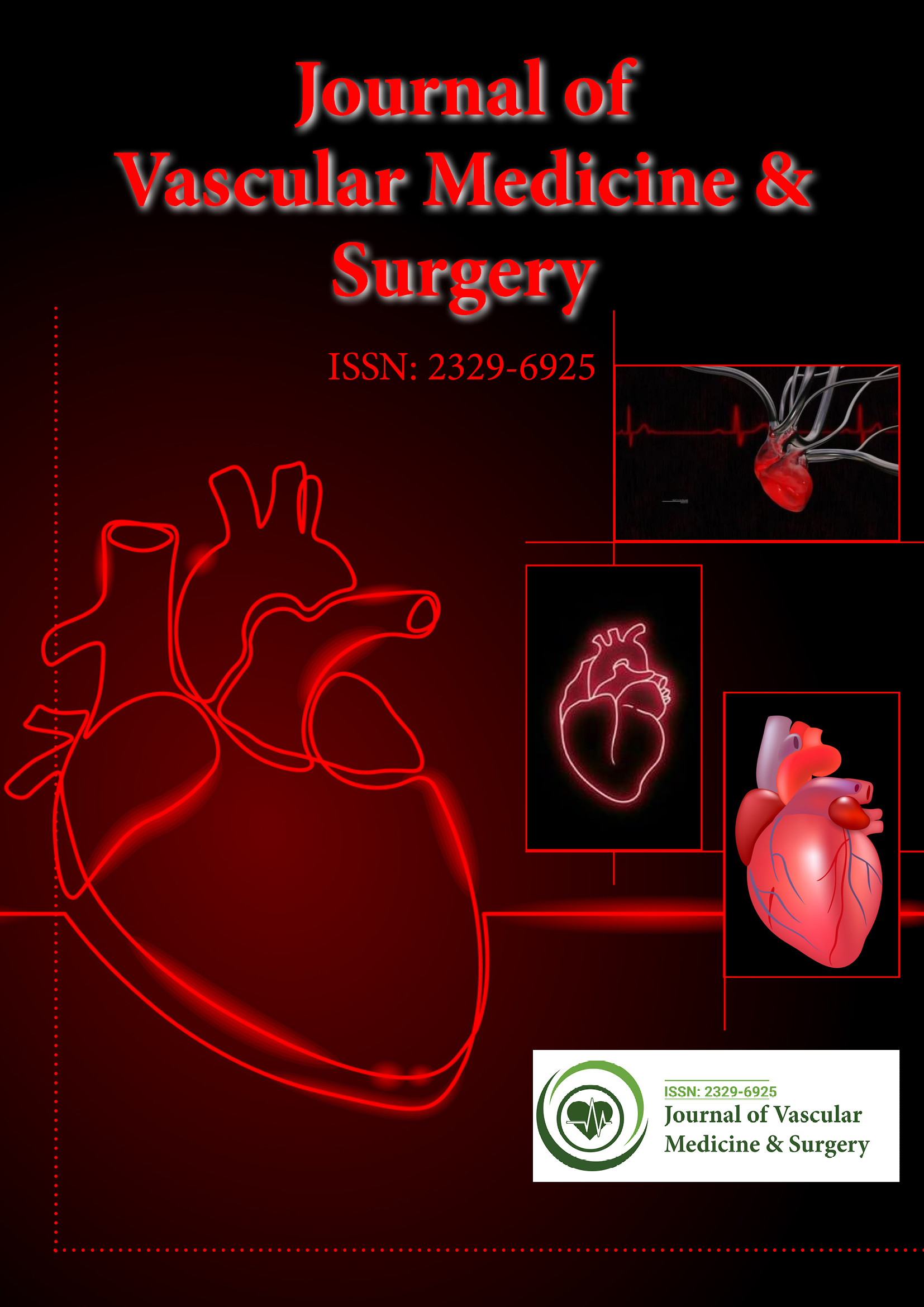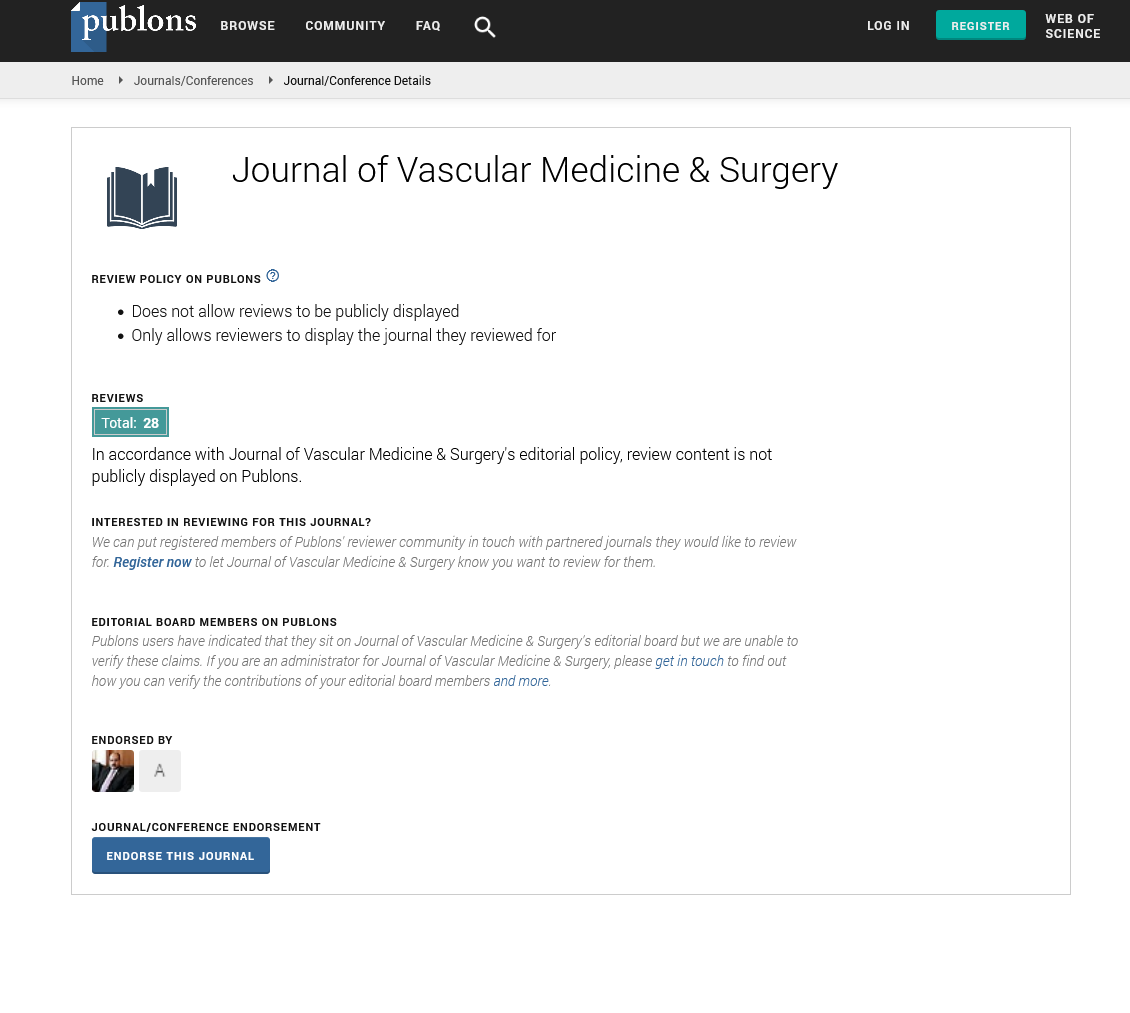Indexed In
- Open J Gate
- Academic Keys
- RefSeek
- Hamdard University
- EBSCO A-Z
- OCLC- WorldCat
- Publons
- Euro Pub
- Google Scholar
- SHERPA ROMEO
Useful Links
Share This Page
Journal Flyer

Open Access Journals
- Agri and Aquaculture
- Biochemistry
- Bioinformatics & Systems Biology
- Business & Management
- Chemistry
- Clinical Sciences
- Engineering
- Food & Nutrition
- General Science
- Genetics & Molecular Biology
- Immunology & Microbiology
- Medical Sciences
- Neuroscience & Psychology
- Nursing & Health Care
- Pharmaceutical Sciences
Abstract
Classic versus Deep Learning Computer Vision Methods CT Scan Lung Cancer Detection: Meta-Analysis
Lung cancer is the number one cause of cancer-related deaths in the United States and worldwide. It also has this highest burden of cost globally. The current state of the healthcare system and physicians alike are under considerable financial and operative pressure; thus at high risk for burn out. Computer-aided diagnosis systems can assist physicians in the medical decision-making process during patient care, as well as improving hospital operative efficiency while reducing burn out.
Methods: A total of 638 studies were extracted. 62 (9.7%) deep learning and 83 (13%) classic learning methods out of the 638 total cross-sectional studies were selected based on the study eligibility protocol. I2 measure of consistency/ heterogeneity was applied to the results of random-effects meta-analysis. Based on this selected model studies, the mean accuracy for deep learning is 86% whereas for classical methods is 90%. The results we received are 1) deep learning is not a single method, it is a variety of modern methods, thus we have a high heterogeneity of accuracy (I squared=89%); a good level of accuracy: 0.862, 95% CI (0.844-0.883), 2) for classic methods, it is a variety of methods, thus have a high heterogeneity of accuracy (I squared=85%); a good level of accuracy: 0.897, 95% CL (0.897-0.923). The funnel plot method for identifying publication bias does not show a significant publication bias among these studies.
Conclusion: Meta-analytic statistical methods may help provide statistical power to select the computer vision method that performs the best. The mean accuracy for deep learning is 86% whereas for classical methods is 90% this difference is attributed to high heterogeneity. Future studies can be performed by extending the number of studies; using a broader range of performance measures. Meta-analytic methods can guide in deciding which models to take to production and define the direction of future innovative research.
Published Date: 2024-08-12; Received Date: 2020-05-05

